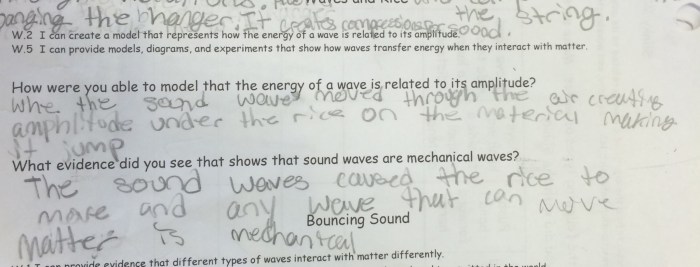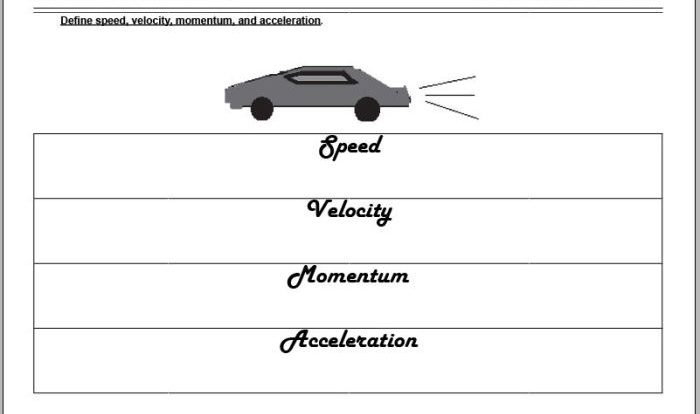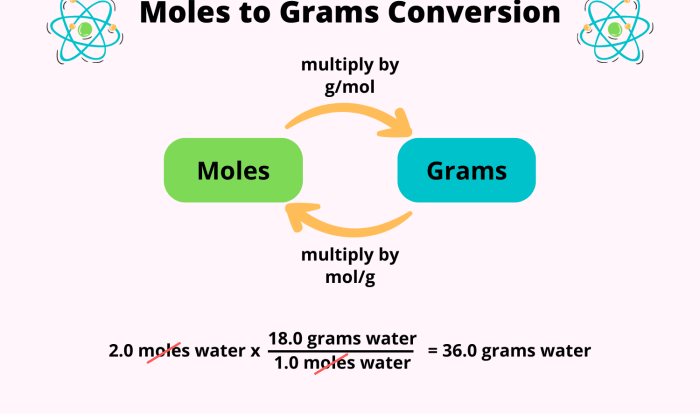Embark on an enlightening journey into the realm of states of matter crossword answer key, where we unveil the intricacies of this captivating scientific concept. Delving into the fundamental principles, we explore the distinct characteristics and properties that define solids, liquids, and gases, unraveling the mysteries behind their behavior and applications.
From the tangible solidity of ice to the elusive nature of vapor, states of matter manifest in a myriad of forms, each governed by unique physical attributes. Join us as we delve into the captivating world of matter, deciphering the crossword puzzle of its diverse states and unlocking the secrets they hold.
States of Matter Crossword Answer Key
States of matter are the different forms that matter can take. The three main states of matter are solid, liquid, and gas. Each state of matter has its own unique properties.
Solid
- Solids have a definite shape and volume.
- Solids are not easily compressed.
- Solids have a high density.
- Examples of solids include ice, wood, and metal.
Liquid
- Liquids have a definite volume but no definite shape.
- Liquids are easily compressed.
- Liquids have a lower density than solids.
- Examples of liquids include water, oil, and milk.
Gas
- Gases have no definite shape or volume.
- Gases are easily compressed.
- Gases have a very low density.
- Examples of gases include air, helium, and hydrogen.
Properties of States of Matter: States Of Matter Crossword Answer Key
Physical Properties of Solids
- Solids have a definite shape and volume.
- Solids are not easily compressed.
- Solids have a high density.
- Solids are rigid.
- Solids have a high melting point.
- Solids have a low thermal conductivity.
Physical Properties of Liquids, States of matter crossword answer key
- Liquids have a definite volume but no definite shape.
- Liquids are easily compressed.
- Liquids have a lower density than solids.
- Liquids are fluid.
- Liquids have a high surface tension.
- Liquids have a low thermal conductivity.
Physical Properties of Gases
- Gases have no definite shape or volume.
- Gases are easily compressed.
- Gases have a very low density.
- Gases are not rigid.
- Gases have a low melting point.
- Gases have a high thermal conductivity.
Phase Transitions
Phase transitions are changes in the state of matter. The three main types of phase transitions are melting, freezing, and vaporization. Melting is the change from a solid to a liquid. Freezing is the change from a liquid to a solid.
Vaporization is the change from a liquid to a gas. Condensation is the change from a gas to a liquid.
- Melting occurs when a solid is heated to its melting point.
- Freezing occurs when a liquid is cooled to its freezing point.
- Vaporization occurs when a liquid is heated to its boiling point.
- Condensation occurs when a gas is cooled to its condensation point.
Applications of States of Matter
Applications of Solids
- Solids are used in construction.
- Solids are used in engineering.
- Solids are used in manufacturing.
Applications of Liquids
- Liquids are used in transportation.
- Liquids are used in cleaning.
- Liquids are used in cooling.
Applications of Gases
- Gases are used in energy production.
- Gases are used in refrigeration.
- Gases are used in medical applications.
Advanced Concepts
Supercritical Fluids
Supercritical fluids are fluids that are above their critical temperature and pressure. Supercritical fluids have properties that are similar to both liquids and gases. Supercritical fluids are used in a variety of applications, including:
- Extraction
- Chromatography
- Reaction engineering
FAQ Guide
What are the three main states of matter?
Solid, liquid, and gas
What is the defining characteristic of a solid?
Definite shape and volume
What is the difference between a liquid and a gas?
Liquids have a definite volume but no definite shape, while gases have neither a definite shape nor a definite volume
What is a phase transition?
A change in the state of matter, such as melting, freezing, vaporization, or condensation



